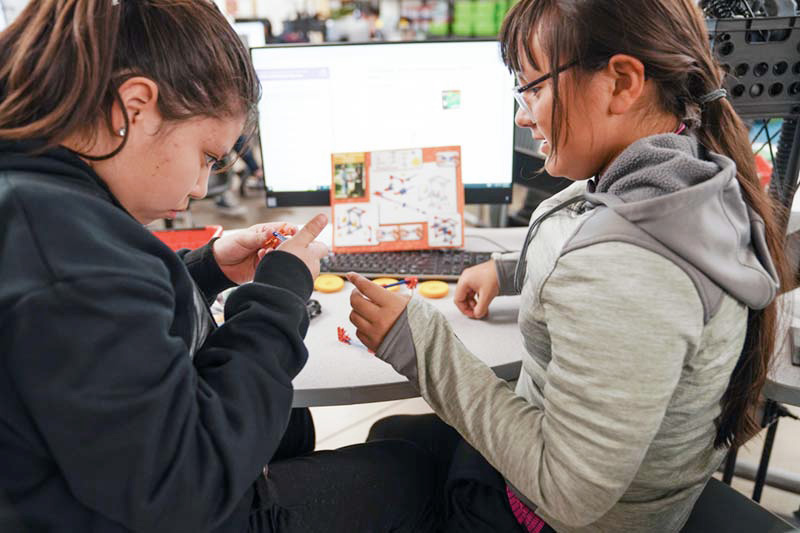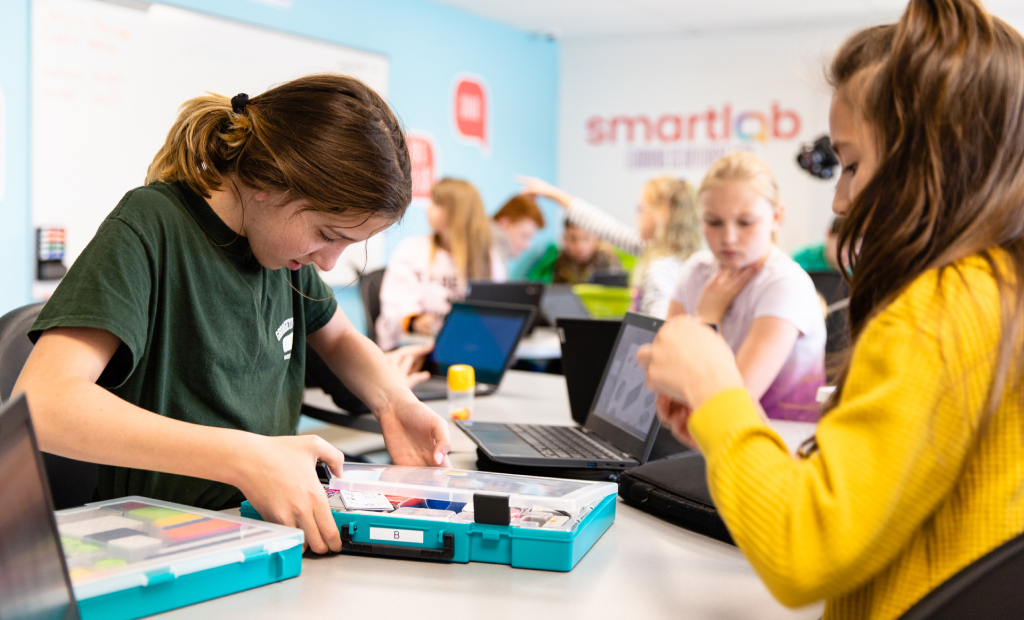STEM Trends in 2015
Here’s an outstanding overview of best practices in STEM from MiddleWeb—yes, we do all of these.
Criteria for STEM Programs
- Focus on integrating science, technology, engineering, and math–preferably all four, though true integration of even two would be an acceptable step toward STEM.
- Focus on a real-world problem or engineering challenge.
- Use Inquiry-based, student-centered learning approaches.
- Engage students in using an engineering design process that leads to developing a product or process to solve the engineering challenge.
- Emphasize teamwork and communication.
- Build rich content knowledge of science and mathematics.




